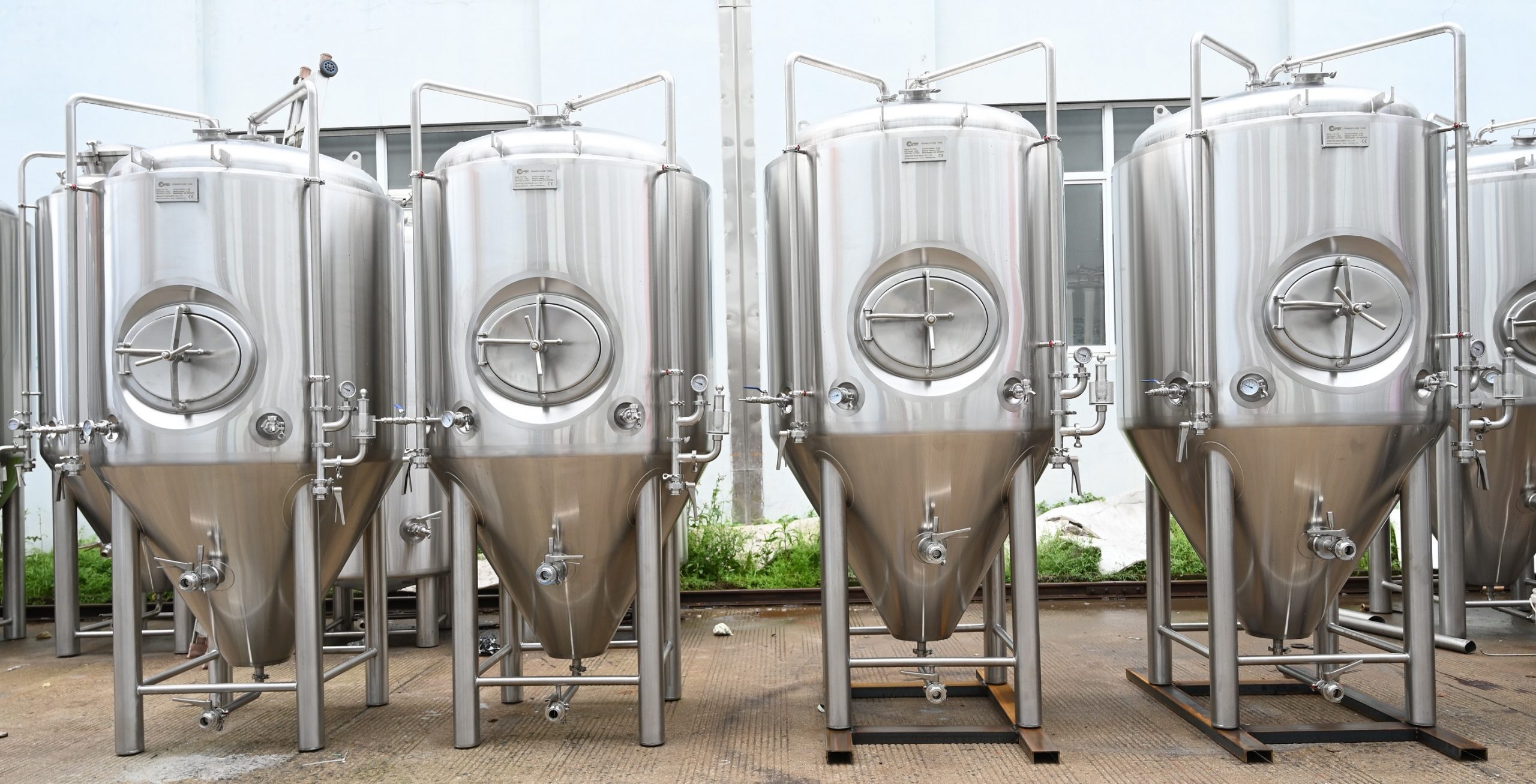
The 60BBL Fermenter for Crafting High-Quality Beer
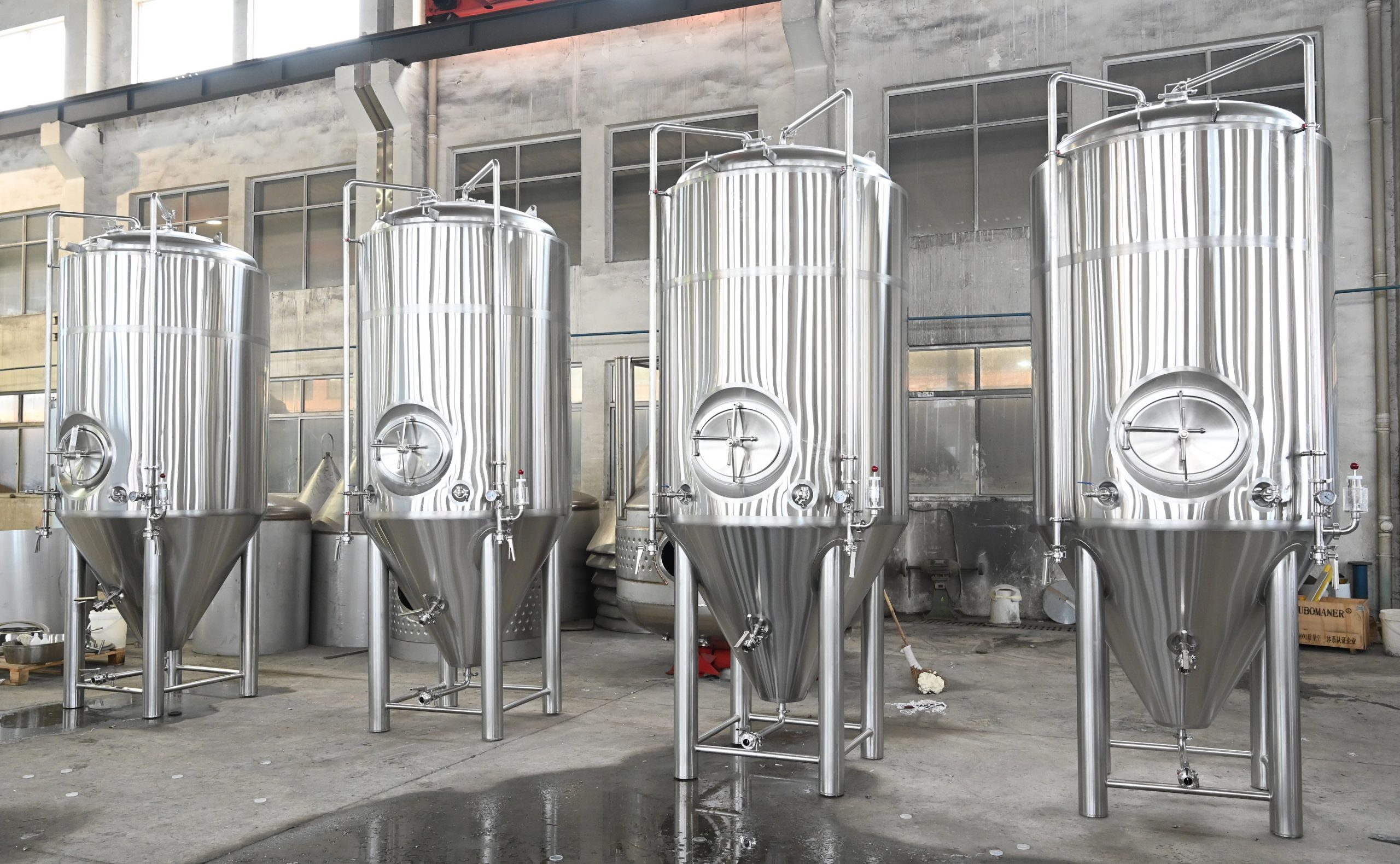
Craft breweries have been growing in popularity over the past decade, leading to a surge in demand for larger and more efficient brewing equipment. One piece of equipment that has become increasingly common in commercial brewing operations is the 60 bbl beer fermenter.
Introduction
A 60 barrel (bbl) beer fermenter is a large vessel used in the beer brewing process to ferment and store beer. It can hold up to 1,860 gallons or approximately 7,000 liters of beer.
What is a 60bbl beer fermenter?
The 60 bbl beer fermenter is typically made of stainless steel and has a conical bottom, which allows for the collection of yeast and other sediment at the bottom of the tank. It also has a cooling system to regulate the temperature of the beer during the fermentation process.
The size of the 60 bbl beer fermenter allows for more efficient brewing, as larger batches of beer can be fermented and stored at once. This is especially useful in commercial brewing, where large quantities of beer are produced on a regular basis.
Exploring the Capabilities and Benefits of a 60 bbl Beer Fermenter
With a capacity of 60 barrels, a 60 bbl beer fermenter allows breweries to produce large quantities of beer in a single batch. This can lead to significant time and cost savings, as well as improved consistency in the final product.
But what are the other capabilities and benefits of a 60 bbl beer fermenter? Let’s take a closer look.
First and foremost, the large size of a 60 bbl beer fermenter allows for more efficient use of space in a brewery. Rather than having to use multiple smaller fermenters to produce the same quantity of beer, a single 60 bbl fermenter can do the job.
This also means that the brewing process can be streamlined, as there are fewer vessels to manage and monitor. Plus, with fewer transfers between vessels, there is less risk of contamination or oxidation of the beer.
Another benefit of a 60 bbl beer fermenter is that it allows for more consistent and repeatable batches of beer. With a larger volume of beer in a single batch, any variations in the brewing process are spread out across the entire batch, leading to less variation in the final product.
Finally, a 60 bbl beer fermenter can be more energy-efficient than using multiple smaller fermenters. With a larger volume of beer in a single vessel, there is less surface area exposed to the outside environment, which means less heat loss and less energy required to maintain the desired fermentation temperature.
In conclusion, a 60 bbl beer fermenter offers numerous capabilities and benefits to commercial breweries looking to improve their brewing efficiency and consistency. With the ability to produce large quantities of beer in a single batch, while also saving time and energy, it’s no wonder that these fermenters have become a popular choice for many breweries.
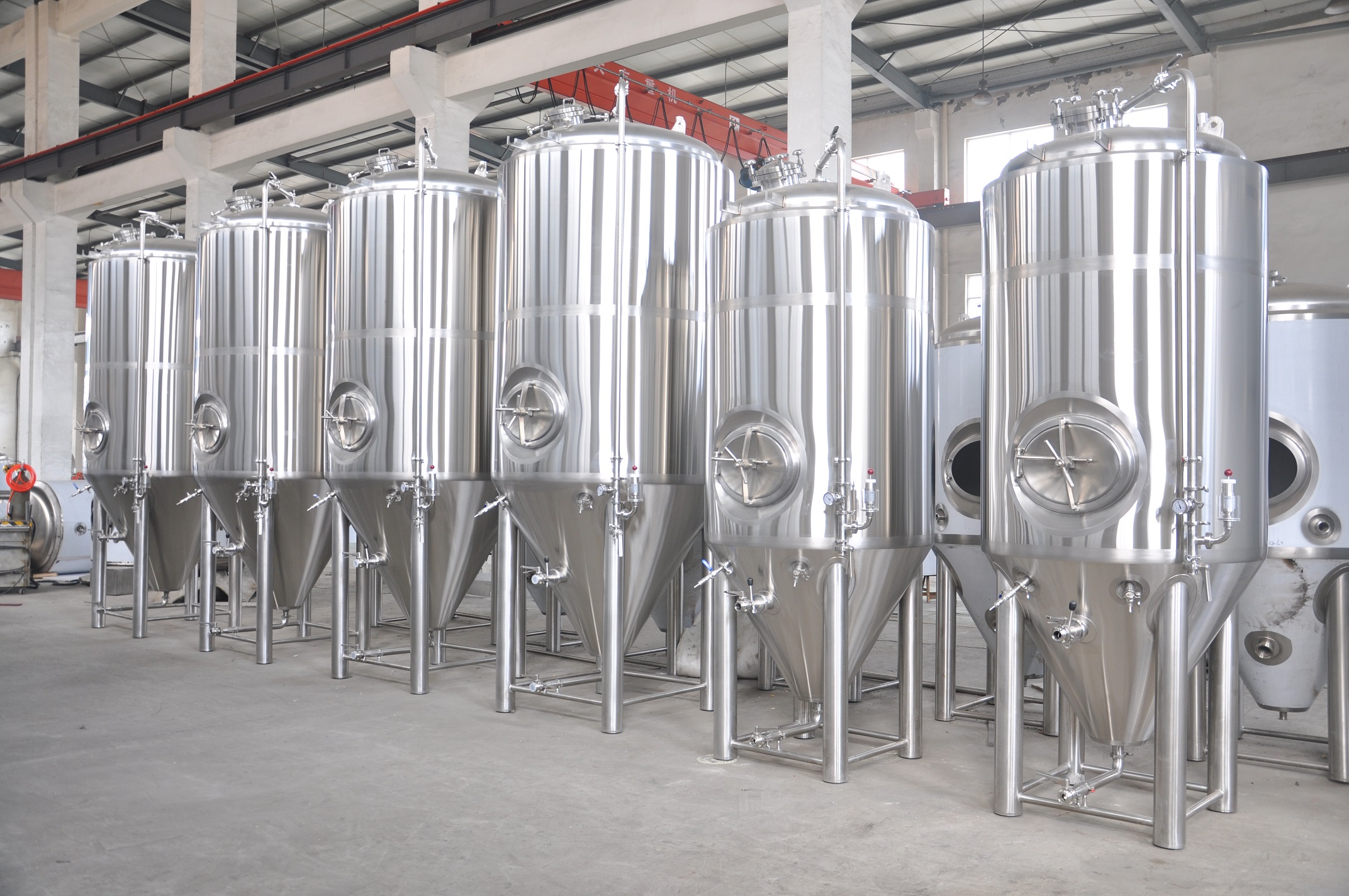
The Process of Beer Fermenting
Beer fermenting is a crucial process in the production of beer, where the yeast metabolizes the sugars in the wort (a mixture of water, malted barley, and hops) to produce alcohol, carbon dioxide, and other flavor compounds. The process of beer fermenting typically takes 7-10 days but can vary depending on factors such as the type of beer, yeast strain, and fermentation temperature.
Here’s a brief overview of the process of beer fermenting:
After the wort has been boiled and cooled, yeast is added to the fermenter, along with oxygen and other nutrients. The yeast will consume the sugar in the wort and produce alcohol and carbon dioxide.
The fermentation vessel is sealed to prevent air from entering and to allow for the buildup of carbon dioxide. The temperature is also carefully controlled, as different yeast strains have different temperature ranges in which they are most active.
During the initial phase of fermentation, the yeast will consume the simple sugars in the wort and produce alcohol and carbon dioxide. This is known as primary fermentation.
After the initial phase of fermentation, the yeast will continue to work, consuming more complex sugars and producing additional flavor compounds. This is known as secondary fermentation.
As the fermentation process progresses, the yeast will begin to settle to the bottom of the fermenter, along with other solids and proteins from the wort. This is known as trub.
After the fermentation process is complete, the beer is transferred to a separate vessel for conditioning, where it is allowed to mature and develop additional flavor and clarity. This process is known as lagering or conditioning.
Once the beer has conditioned, it is carbonated and packaged, either in bottles or kegs, and is ready to be consumed.
Overall, the process of beer fermenting is a critical step in producing high-quality beer, and careful attention must be paid to the temperature, yeast strain, and other factors to ensure that the beer is delicious and consistent.
The parts of 60bbl beer fermenter
A 60 bbl beer fermenter typically consists of several parts, which work together to facilitate the fermentation process. Here are some of the key parts you might find in a 60 bbl beer fermenter:
Fermentation vessel: This is the main vessel where the fermentation takes place. It is typically made of stainless steel and has a conical bottom to collect yeast and other sediment.
Cooling system: A cooling system is used to regulate the temperature of the beer during fermentation. This can be accomplished using a jacketed vessel or an external chiller.
Glycol lines: These are used to circulate cold glycol through the cooling jacket of the fermenter, which helps to maintain the desired fermentation temperature.
Pressure relief valve: This is a safety valve that is designed to release pressure if the pressure inside the fermenter exceeds a certain level.
Sampling port: A sampling port is used to take samples of the beer during fermentation to monitor its progress and make adjustments as necessary.
CIP arm: A CIP arm is used to clean and sanitize the fermenter between batches.
Racking arm: A racking arm is used to transfer the beer from the fermenter to a conditioning tank or directly to packaging.
Airlock: An airlock is a small device that allows carbon dioxide to escape from the fermenter while preventing air from entering.
Temperature cprobe: A temperature probe is used to monitor the temperature of the beer during fermentation and to ensure that it remains within the desired range.
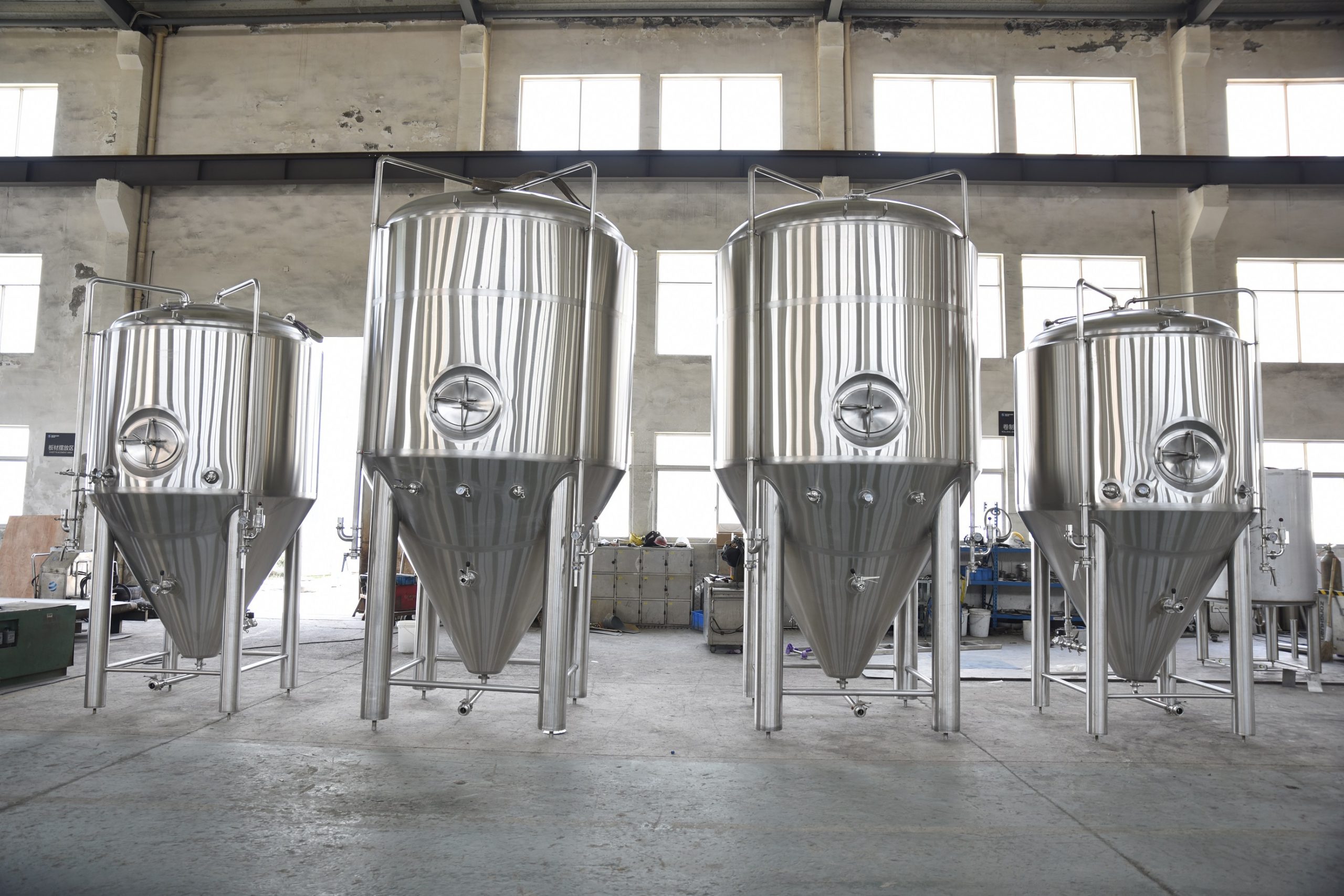
Maintaining 60bbl fermenter regularly
Maintaining a 60 bbl beer fermenter is critical to ensure that it functions properly and produces high-quality beer consistently. Here are some tips for maintaining a 60 bbl beer fermenter:
Clean the fermenter regularly: Clean the fermenter thoroughly after each use to remove any residual yeast, trub, or other organic matter. Use a CIP system to make cleaning more efficient.
Inspect the fermenter regularly: Check the fermenter regularly for any signs of damage or wear and tear, such as cracks or leaks. Make sure that all valves and connections are tight and secure.
Sanitize the fermenter: Use a food-grade sanitizer to sanitize the fermenter after cleaning, to eliminate any remaining bacteria or other contaminants.
Monitor the fermentation temperature: Use a temperature probe to monitor the temperature of the beer during fermentation, and ensure that it remains within the desired range for the particular beer style.
Check the glycol lines: Inspect the glycol lines regularly for leaks or other damage, and ensure that they are circulating cold glycol properly to maintain the desired fermentation temperature.
Calibrate the pressure relief valve: Regularly calibrate the pressure relief valve to ensure that it is releasing pressure at the appropriate level, and that it is not stuck or blocked.
Check the airlock: Inspect the airlock regularly to ensure that it is functioning properly, and replace it if it becomes clogged or damaged.
Service the cooling system: Regularly service the cooling system, including the chiller or cooling jacket, to ensure that it is functioning properly and efficiently.
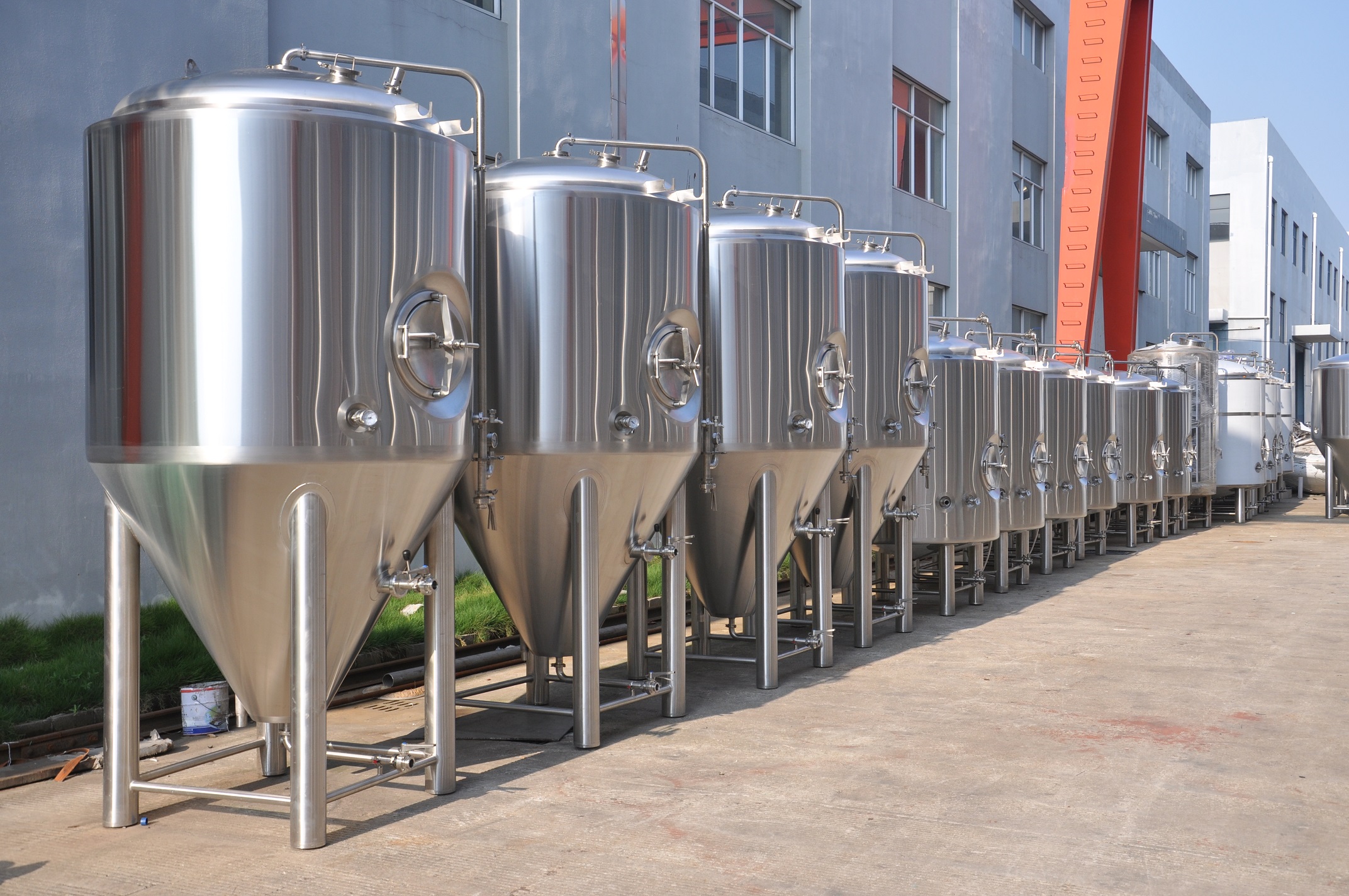
Conclusion
The 60 bbl beer fermenter is commonly used in large-scale breweries to produce beer in large quantities, and it is an essential piece of equipment for the brewing process. It allows for efficient and consistent fermentation and conditioning, ensuring that the beer produced is of high quality and meets the desired flavor and aroma profiles.
Thank you for reading this article about 60 BBL fermenter. If you’re looking for a high-quality, durable, and easy-to-use 60 BBL fermenter, we recommend the brewing equipment brand NFE Machinery company, NFE brewing equipment has good reputation for overseas market, Selling equipment is only the beginning of cooperation between NFE and you. Our Real Purpose is to help you set up the brewery and we grow together!
To learn more, visit our product page and browse our brewing system products.






